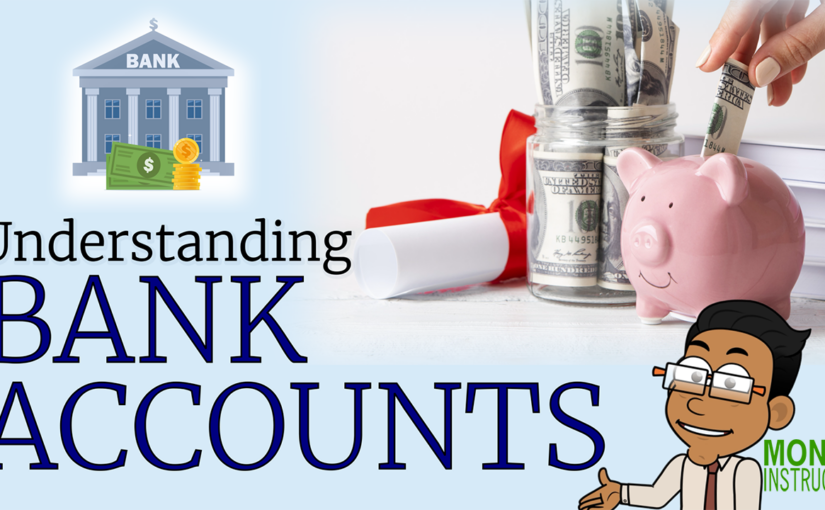Navigating the world of banking can be overwhelming, especially when it comes to choosing the right type of account to meet your personal financial needs. Different types of bank accounts are designed to serve specific purposes, making it crucial to understand their features and benefits. This article will guide you through the most common types of bank accounts available.
- Checking Accounts
Checking accounts are the most basic and commonly used type of bank account. They are designed for everyday financial transactions such as paying bills, depositing paychecks, and making purchases. Key features of checking accounts include:
- Ease of Access: Funds can be accessed via debit cards, checks, and electronic transfers.
- Minimal Interest: Most checking accounts offer little to no interest.
- Fees: Some accounts may charge monthly maintenance fees, although many banks offer fee waivers if certain conditions are met, such as maintaining a minimum balance.
- Savings Accounts
Savings accounts are designed for money that you do not need immediate access to and are intended to help you save over time. They typically offer:
- Interest Earnings: Savings accounts usually provide interest on your deposits, making them a suitable option for growing your savings.
- Withdrawal Limits: There may be limits on the number of withdrawals or transfers you can make each month.
- Security: Savings accounts are often insured by government entities, such as the FDIC in the United States.
- Money Market Accounts
Money market accounts combine features of both checking and savings accounts. They offer higher interest rates than regular savings accounts and allow for limited check-writing and debit card usage. Characteristics include:
- Higher Minimum Balance: Typically require a higher minimum balance to avoid fees.
- Tiered Interest Rates: Interest rates may increase with higher account balances.
- Limited Transactions: Often limit the number of transactions per month.
- Certificate of Deposit (CD)
A Certificate of Deposit (CD) is a time deposit account that offers a fixed interest rate for a specified term, ranging from a few months to several years. Key points to consider:
- Higher Interest Rates: CDs generally offer higher interest rates compared to savings accounts.
- Fixed Term: Funds must remain in the account for the entire term, or penalties may apply for early withdrawal.
- Risk-Free: CD rates are fixed for the term, providing a predictable return on investment.
- Individual Retirement Accounts (IRAs)
Individual Retirement Accounts are designed for retirement savings with tax advantages. There are two primary types:
- Traditional IRA: Contributions may be tax-deductible, and taxes are deferred until withdrawals are made during retirement.
- Roth IRA: Contributions are made with after-tax dollars, but withdrawals during retirement are tax-free.
Choosing the right bank account depends on your financial goals, how you plan to use the account, and the level of access you need to your funds. By understanding the different types of bank accounts available, you can make informed decisions that align with your financial strategy and help you manage your money more effectively. Always consider factors like interest rates, fees, and account features when selecting an account to ensure it meets your needs.
